Bearded dragons have captured the hearts of reptile enthusiasts worldwide with their docile temperaments, distinctive appearances, and relatively straightforward care requirements. Native to the arid regions of Australia, these fascinating lizards require specialized habitats that mimic their natural environment to thrive in captivity. Creating the perfect enclosure isn’t just about providing basic shelter—it’s about crafting a comprehensive ecosystem that supports all aspects of your bearded dragon’s physical and psychological well-being. Whether you’re preparing to welcome your first bearded dragon or looking to upgrade your current setup, this guide will walk you through everything you need to know about creating an optimal habitat that will keep your scaly friend healthy, active, and content for years to come.
Selecting the Right Enclosure Size

When it comes to housing bearded dragons, size truly matters for their overall health and happiness. Adult bearded dragons require a minimum enclosure size of 4 feet long by 2 feet wide by 2 feet tall (120 gallons), though larger is always better if you have the space. Baby bearded dragons can start in smaller enclosures of about 40 gallons, but they grow rapidly in their first year, making it more economical to invest in the full-sized habitat from the beginning. The extra space allows your dragon to exercise properly, establish temperature gradients, and display natural behaviors such as running and climbing. Remember that insufficient space can lead to stress, inadequate exercise, and even stunted growth in these active reptiles.
Enclosure Materials and Construction
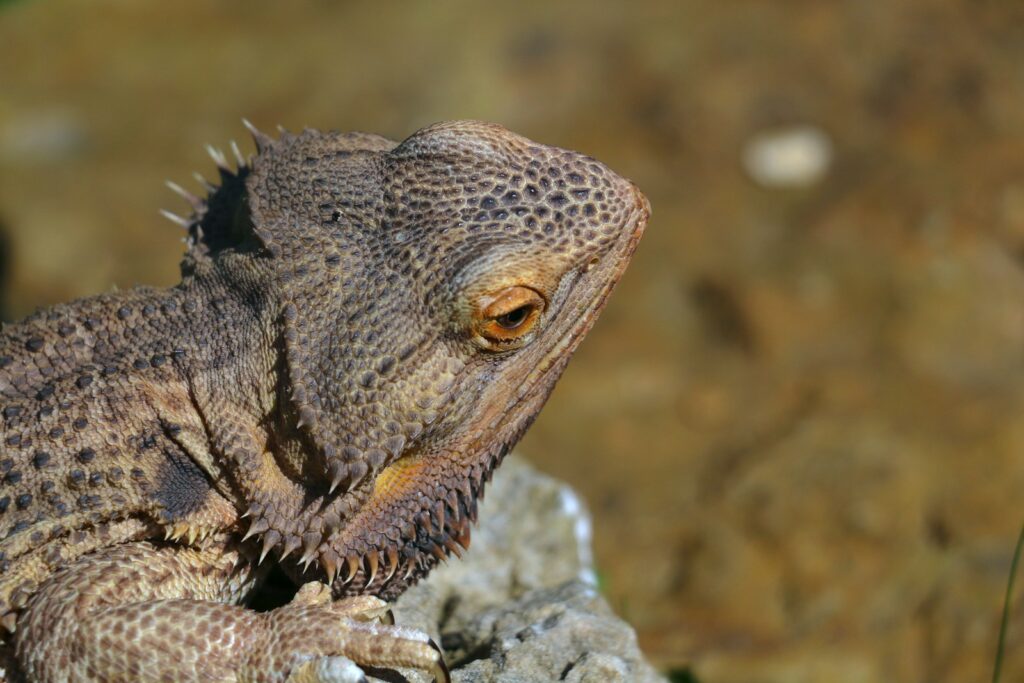
The material of your bearded dragon’s enclosure plays a crucial role in maintaining proper environmental conditions and ensuring your pet’s safety. Glass terrariums are popular choices as they offer excellent visibility and retain heat well, but they can be heavy and expensive in larger sizes. PVC enclosures have become increasingly popular among experienced keepers as they provide superior insulation, lightweight construction, and often feature sliding front doors for easier access and reduced stress during interactions. Wooden vivariums can also work well when properly sealed to prevent moisture damage and bacterial growth. Avoid wire cages or mesh enclosures as they cannot retain heat or humidity effectively, potentially leading to serious health issues for your bearded dragon.
Essential Heating Requirements
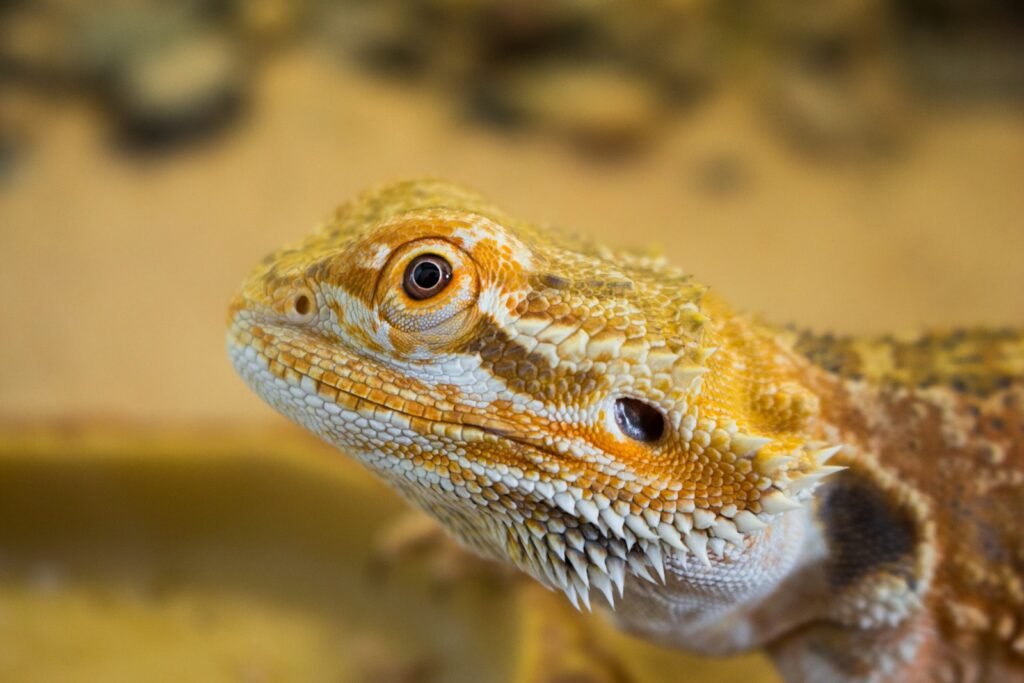
Proper heating is perhaps the most critical aspect of bearded dragon care, as these ectothermic animals rely entirely on external heat sources to regulate their body temperature and digest food properly. Your enclosure should feature a thermal gradient, with a basking spot reaching 100-110°F (38-43°C) for adults and slightly warmer for juveniles, while the cool end should maintain around 75-85°F (24-29°C). Ceramic heat emitters or basking bulbs mounted above one end of the enclosure can provide the necessary heat, but never use heating rocks or pads as they can cause serious burns. Always use thermometers at both ends of the enclosure to monitor temperatures accurately, and connect heat sources to a reliable thermostat to prevent dangerous temperature fluctuations.
Lighting and UVB Requirements
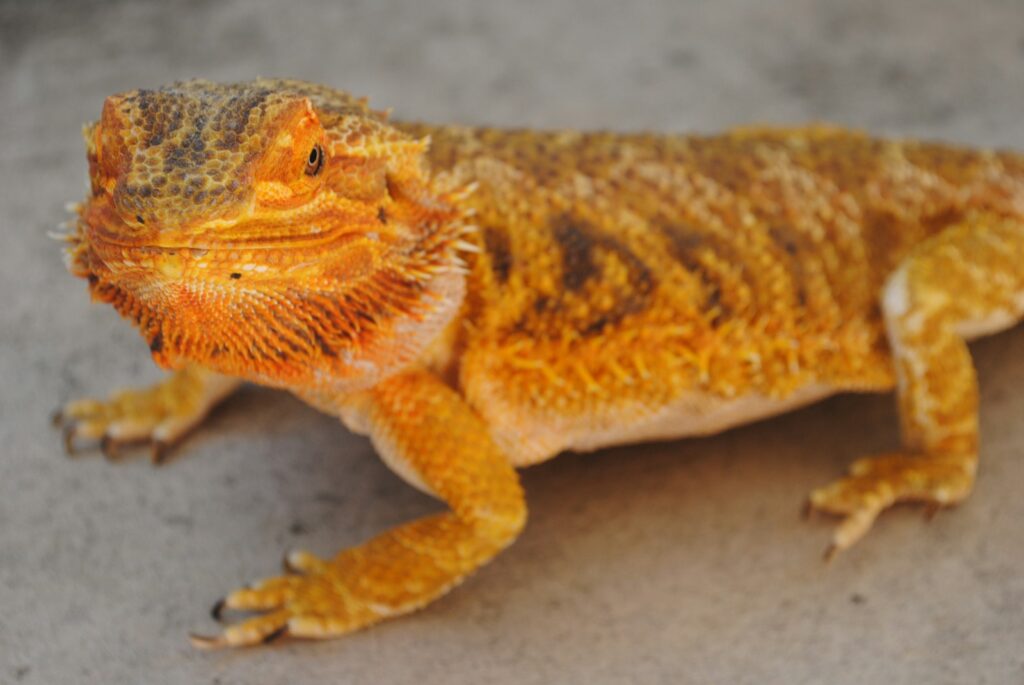
Proper lighting is non-negotiable for bearded dragon health, with UVB radiation being particularly crucial for vitamin D3 synthesis and calcium metabolism. A high-output UVB tube light that spans at least two-thirds of the enclosure should be installed, with T5 HO fixtures being preferred for their stronger output and penetration depth. The UVB light should be mounted inside the enclosure if there’s a screen top, as glass and mesh can filter out essential UVB rays. Replace UVB bulbs every 6-12 months according to manufacturer guidelines, even if they still appear to be working, as their UV output diminishes over time. Additionally, provide a regular day/night cycle of 12-14 hours of light followed by complete darkness to support your dragon’s circadian rhythm and overall health.
Substrate Options and Safety Considerations
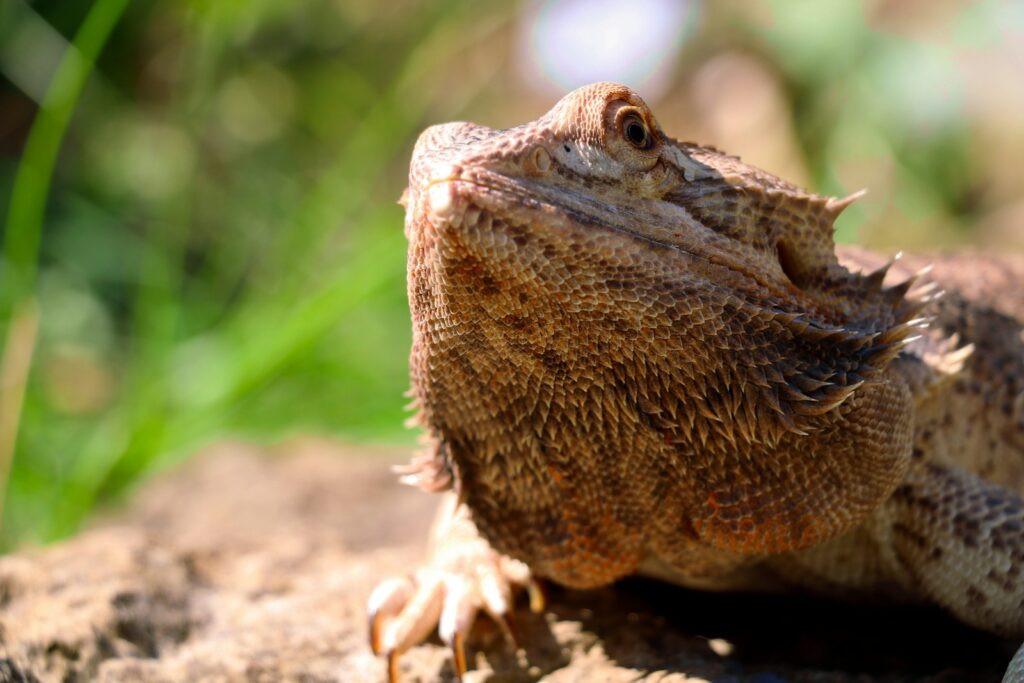
Choosing the right substrate (bedding) for your bearded dragon’s enclosure is crucial for both hygiene and safety. Non-particle substrates like reptile carpet, ceramic tiles, or vinyl flooring provide easy-to-clean surfaces that eliminate the risk of impaction, a potentially fatal condition that occurs when dragons accidentally ingest loose substrates. For naturalistic setups, a sealed bioactive substrate with appropriate plants, cleanup crew, and a thick layer of soil mix can work for experienced keepers, though this requires significant research and maintenance. Always avoid calcium sand, walnut shell, corn cob, and loose particles for young dragons under 18 months, as these pose serious impaction risks. Whatever substrate you choose, spot clean daily and perform a complete substrate change or disinfection regularly to prevent bacterial buildup.
Creating Appropriate Climbing and Basking Structures
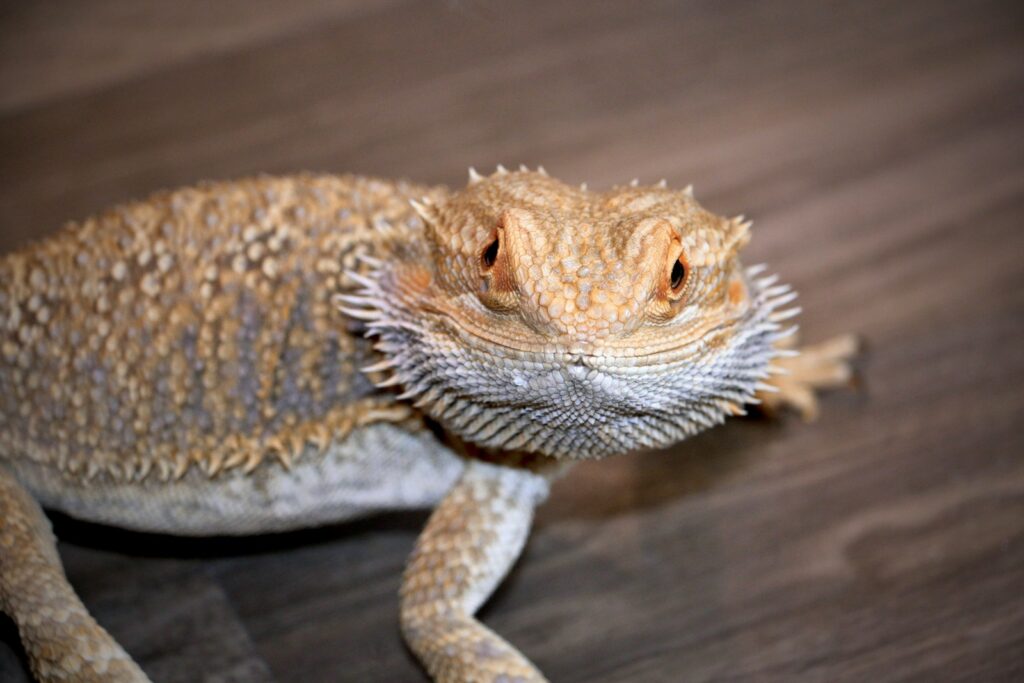
Bearded dragons are semi-arboreal in the wild, meaning they enjoy climbing and require vertical space in their enclosures to exhibit natural behaviors. Provide sturdy branches, driftwood, or commercially available reptile climbing structures that allow your dragon to reach different heights within the enclosure. The basking spot should include a flat, stable surface positioned directly under the heat lamp where your dragon can spread out completely to absorb heat efficiently. Natural slate or flagstone makes excellent basking platforms as they retain heat well and help file down your dragon’s nails naturally. Ensure all climbing structures are securely positioned to prevent accidents, and avoid any sharp edges or unstable items that could potentially injure your pet during exploration or climbing activities.
Essential Hide Spots and Shelter

Despite their bold personalities, bearded dragons need secure hiding places to retreat to when they feel stressed or need privacy. Provide at least two hide spots – one in the warm basking area and another in the cooler zone – to allow thermal regulation options during rest periods. Commercial reptile caves, half logs, cork rounds, or even simple cardboard boxes can serve as effective hides, though natural-looking options generally create a more aesthetically pleasing habitat. The hide should be large enough for your dragon to fit completely inside but snug enough to provide a sense of security. Some dragons also appreciate covered corners or plants that create visual barriers without being complete enclosures, giving them additional options for controlling their exposure and stress levels.
Water and Humidity Considerations
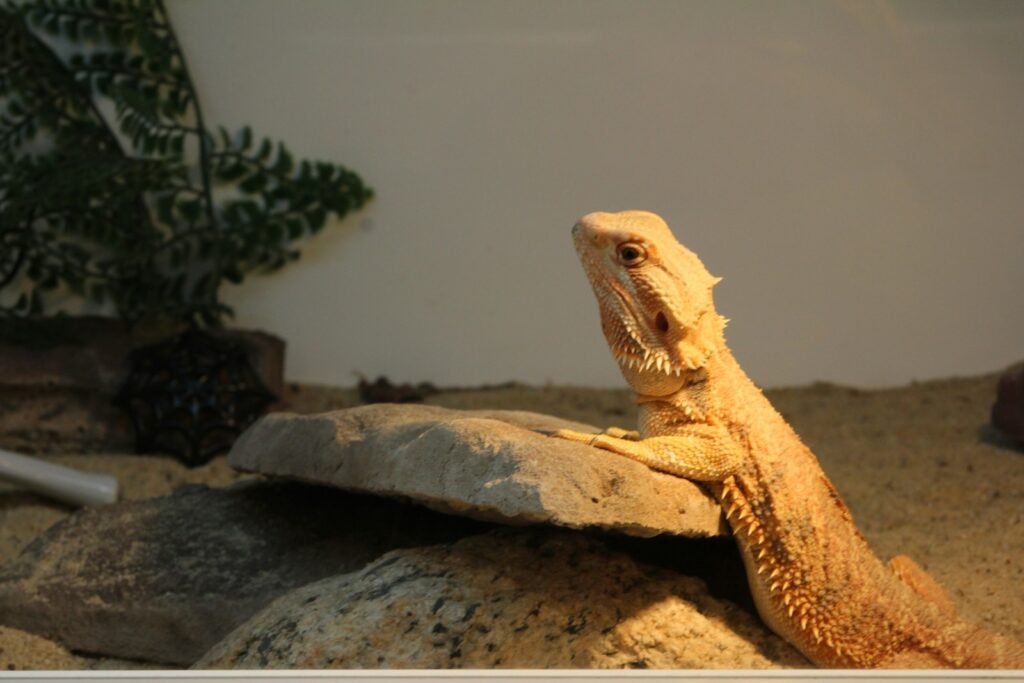
While bearded dragons come from arid environments, they still require access to fresh water and appropriate humidity levels to thrive. Provide a shallow water dish that your dragon can easily enter and exit, changing the water daily to prevent bacterial growth. The overall enclosure humidity should generally stay between 30-40%, with brief spikes up to 60% during shedding periods to ease the process. Measure humidity with a reliable hygrometer placed in the middle of the enclosure. For dragons struggling with shedding, occasional misting or a humidity hide (a container with damp sphagnum moss) can provide relief without increasing the entire enclosure’s humidity to dangerous levels that could lead to respiratory infections.
Enrichment and Activity Opportunities
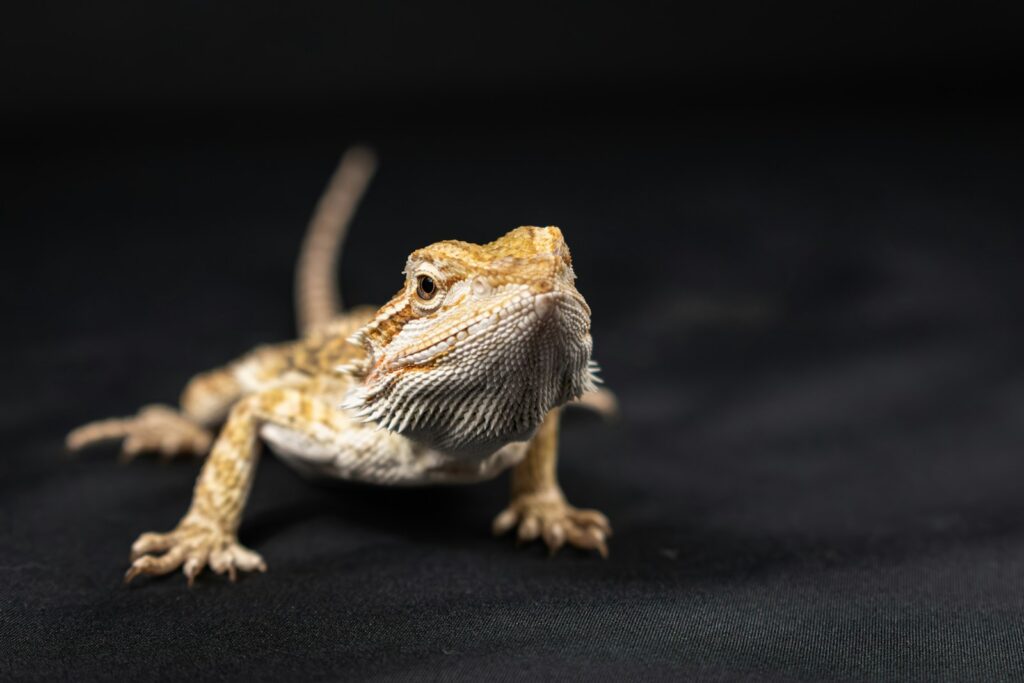
Mental stimulation is crucial for bearded dragons to prevent boredom and encourage natural behaviors in captivity. Rearrange décor elements periodically to create new exploration opportunities and maintain your dragon’s curiosity about their environment. Include a variety of textures, levels, and objects that allow climbing, digging, and exploring behaviors that would occur in the wild. Some bearded dragons enjoy simple toys like ping pong balls or small, dragon-safe objects they can investigate and manipulate. Consider creating feeding puzzles where your dragon must work slightly to access favorite treats, stimulating their problem-solving abilities and natural foraging instincts. Remember that the goal of enrichment is to create a dynamic environment that prevents the psychological stagnation that can occur in unchanging captive settings.
Maintaining Proper Hygiene and Cleaning Routines
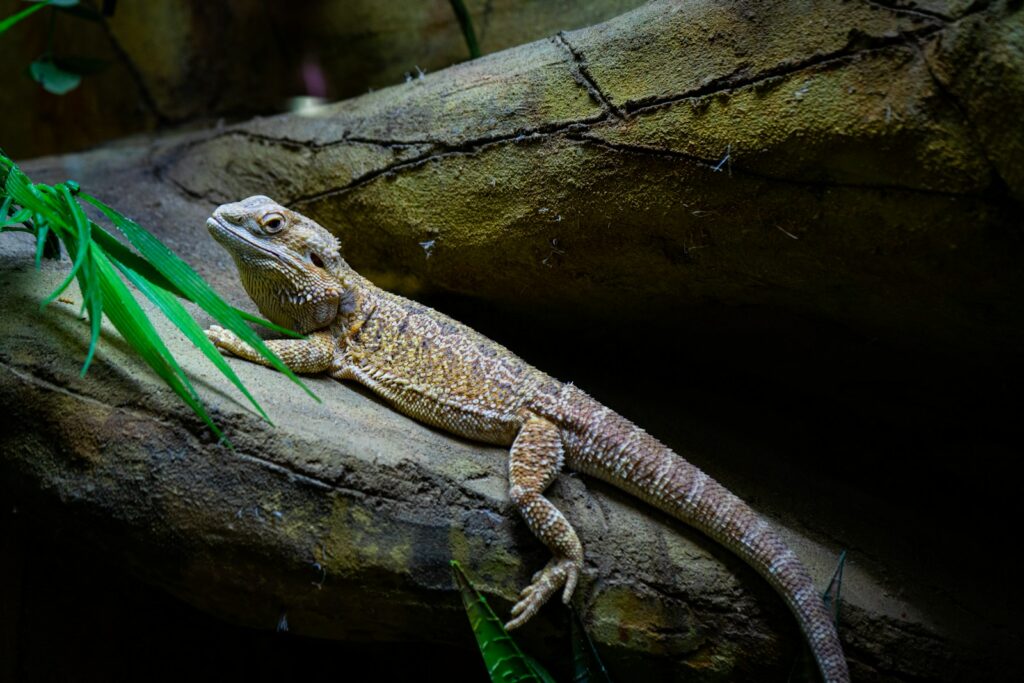
A clean enclosure is fundamental to preventing disease and ensuring your bearded dragon’s long-term health. Establish a regular cleaning schedule that includes daily spot cleaning of feces and food remains, weekly disinfection of water dishes and feeding areas, and monthly deep cleaning of the entire habitat including all décor and substrate. Use reptile-safe disinfectants and avoid products containing phenols, which are toxic to reptiles. During deep cleanings, temporarily house your dragon in a secure backup enclosure to prevent stress and exposure to cleaning chemicals. Pay special attention to areas where food is offered, as these quickly become breeding grounds for bacteria if not properly maintained. For bioactive setups, maintain the balance of the cleanup crew and monitor soil health to ensure the system efficiently processes waste.
Setting Up a Feeding Station
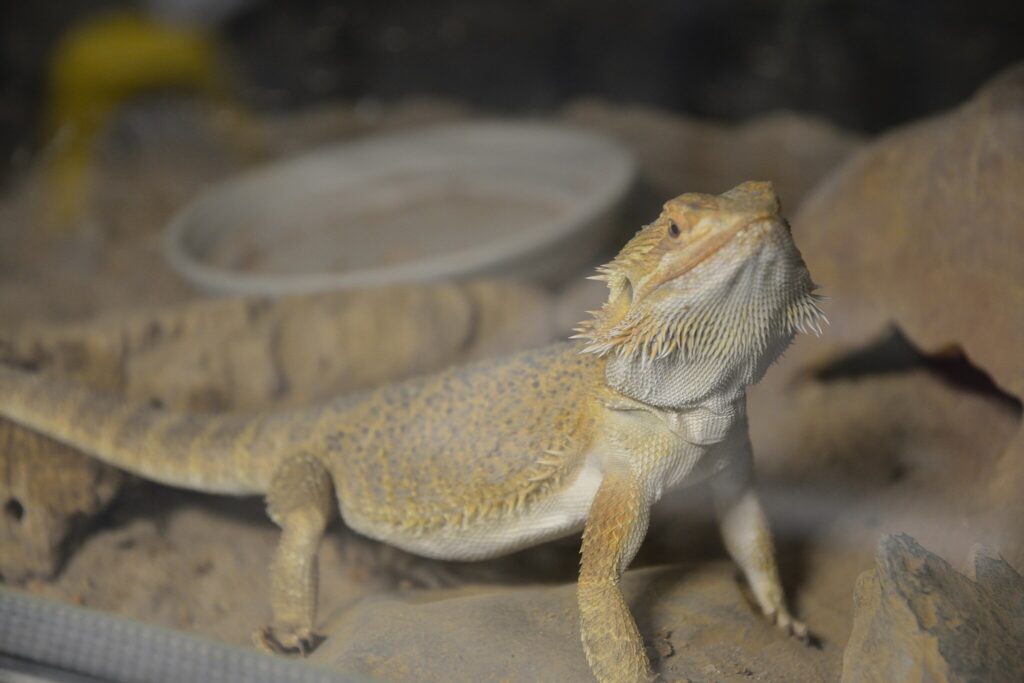
Creating a designated feeding area within your bearded dragon’s enclosure helps maintain cleanliness and establishes a routine that many dragons come to anticipate. Use a shallow dish for offering vegetables and greens, preferably one that’s heavy enough that it won’t tip over during enthusiastic feeding sessions. For live insects, consider feeding in a separate container outside the main enclosure to prevent escapees from hiding in the substrate and potentially causing stress or hygiene issues. Some keepers train their dragons to associate a specific colored dish or location with feeding time, which can create positive enrichment and make feeding more efficient. If using a bioactive setup, a feeding station becomes even more important to prevent excessive food waste from disrupting the ecosystem balance.
Monitoring Equipment and Technology
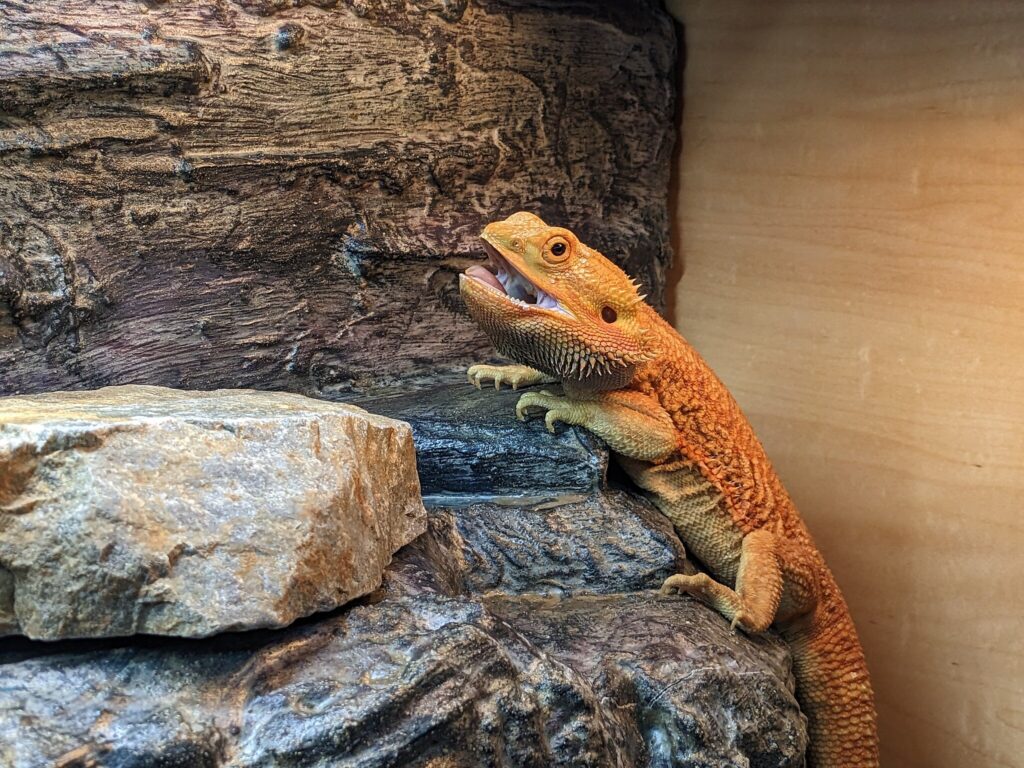
Modern technology has made bearded dragon husbandry more precise and less labor-intensive through various monitoring devices. Digital thermometers and hygrometers with remote sensors provide accurate readings of temperature and humidity in different areas of the enclosure, while thermostats automatically regulate heating equipment to maintain ideal conditions. Consider investing in programmable timers for lights to ensure consistent day/night cycles even when you’re away from home. For particularly dedicated keepers, wireless camera systems allow remote observation of your dragon’s behavior and activity patterns without causing disturbance. Some advanced keepers even use temperature guns to precisely measure basking spot surface temperatures, ensuring they match the specific requirements of their individual dragon’s age and health status.
Adjusting the Habitat as Your Dragon Grows
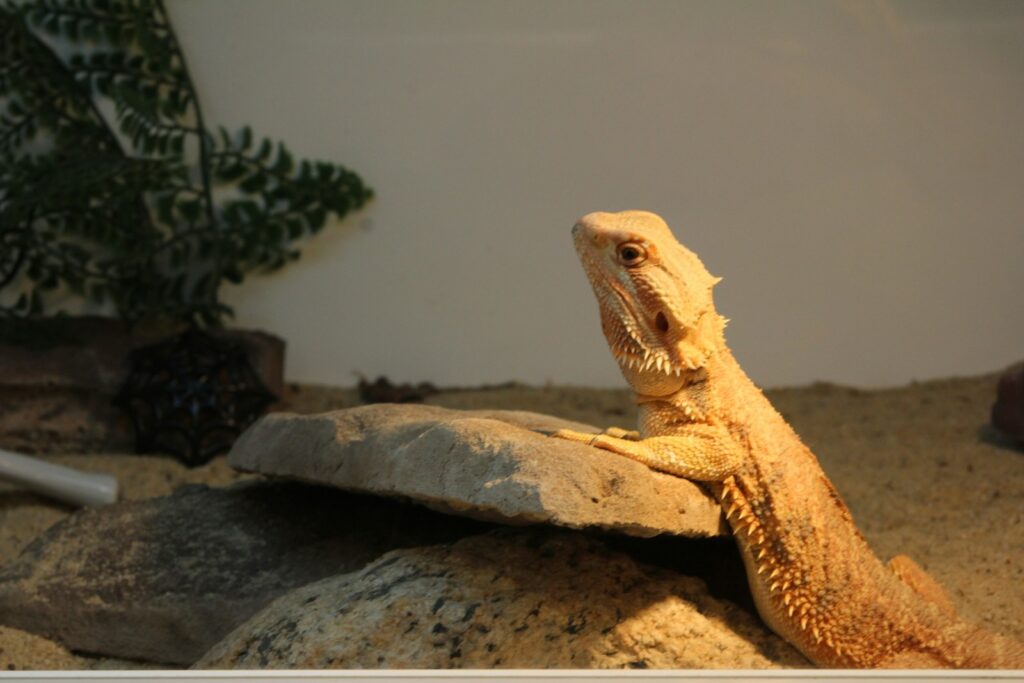
Bearded dragon care requirements evolve as they mature from hatchlings to adults, requiring periodic adjustments to their habitats. Juvenile dragons need smaller food items, slightly higher temperatures, and more frequent feeding schedules than adults, so their enclosures should accommodate these differences. As your dragon grows, you’ll need to upgrade climbing structures, hides, and basking spots to support their increased size and weight safely. Adult dragons generally require lower protein diets and may become less active than juveniles, sometimes necessitating habitat modifications to prevent obesity. Senior dragons (typically 7+ years) may develop arthritis or mobility issues, potentially requiring ramp additions to climbing structures, lower basking spots, and softer substrate options to accommodate their changing physical capabilities while still providing enrichment.
Creating the ultimate bearded dragon enclosure requires attention to numerous details that collectively create a thriving environment for these charismatic reptiles. By carefully addressing each aspect of their habitat—from proper sizing and heating to enrichment opportunities and hygiene practices—you’ll provide your bearded dragon with the foundation for a healthy, active life in captivity. Remember that habitat creation isn’t a one-time setup but rather an evolving process that should adapt to your individual dragon’s preferences, behaviors, and life stage. With the comprehensive approach outlined in this guide, you’ll be well-equipped to create not just an adequate enclosure, but truly the ultimate bearded dragon habitat that supports all aspects of your pet’s physical and psychological well-being for years to come.

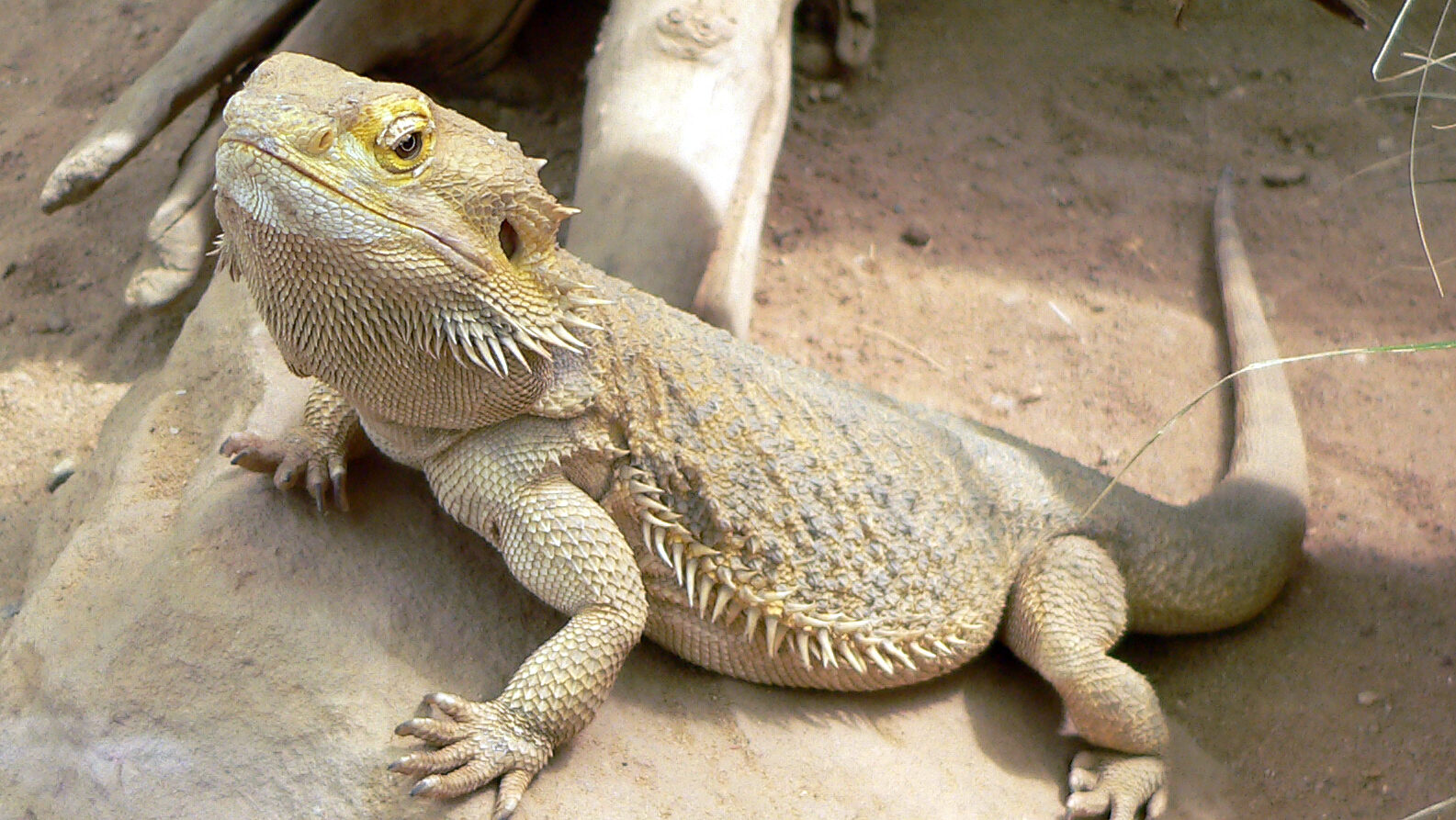





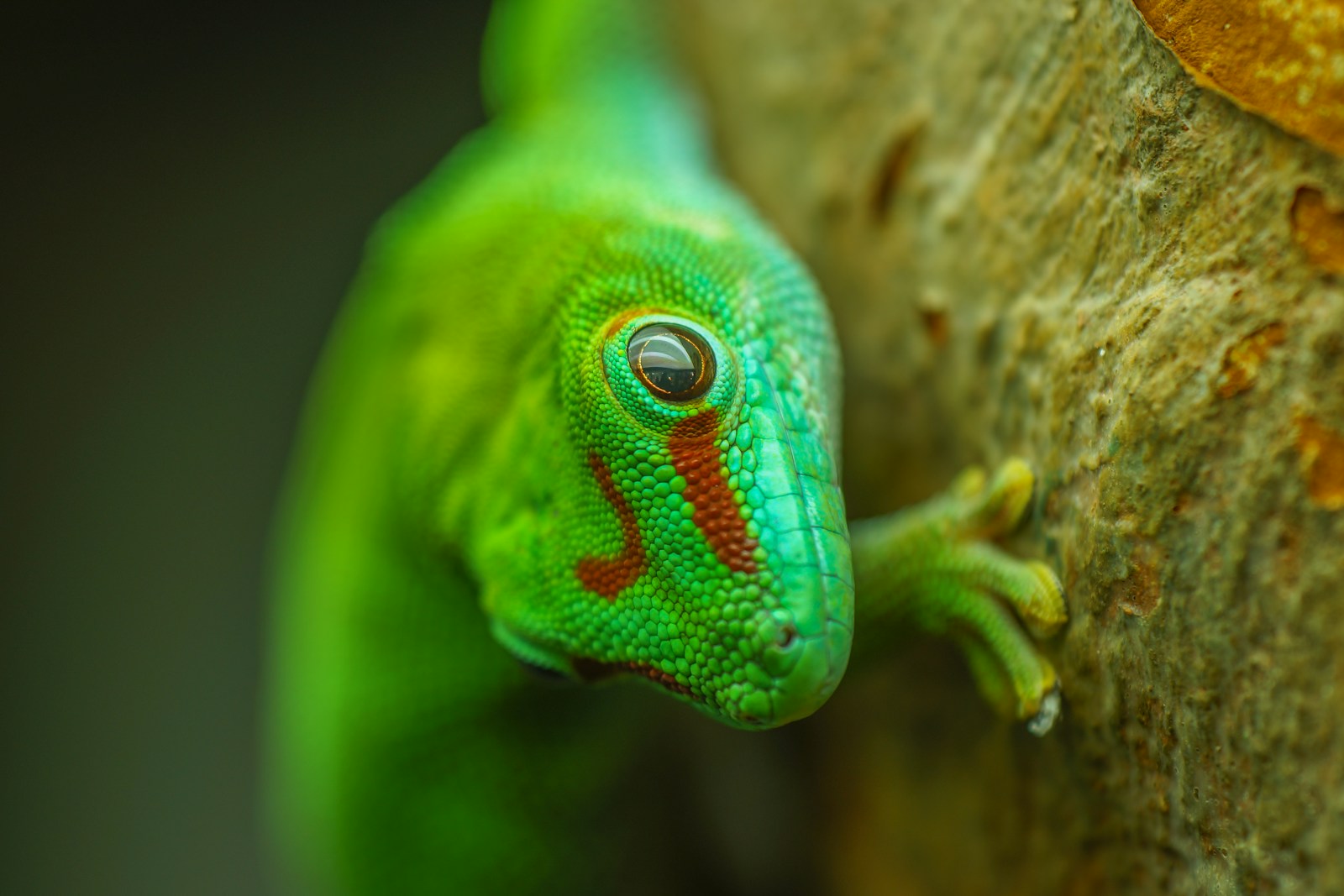
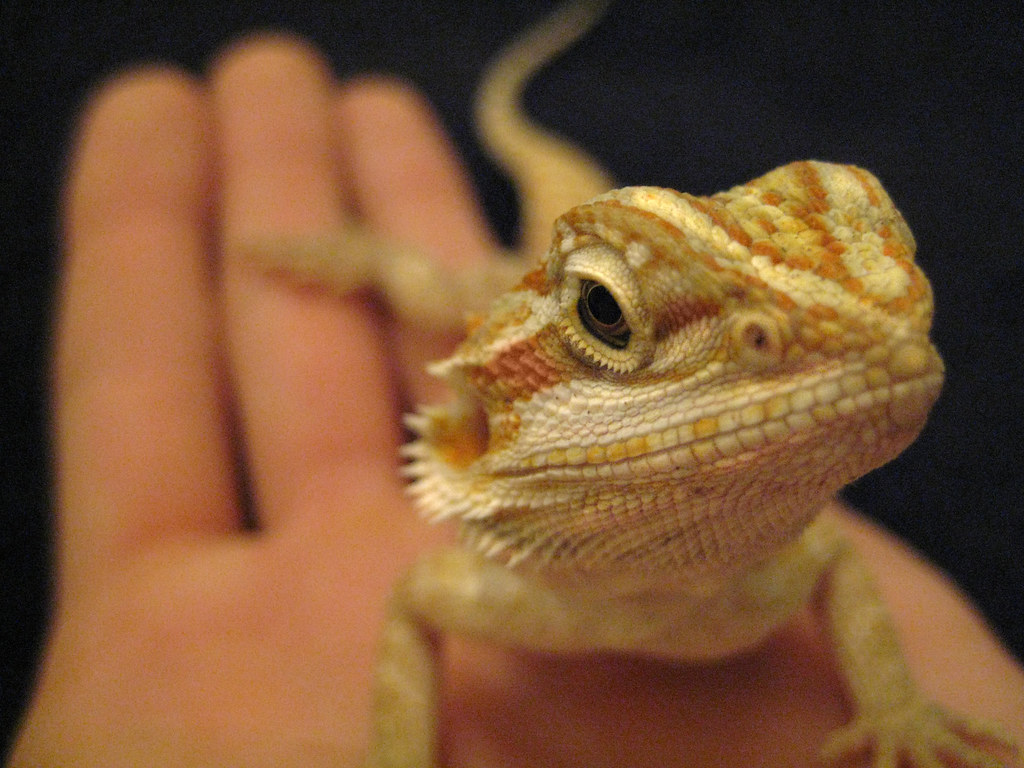


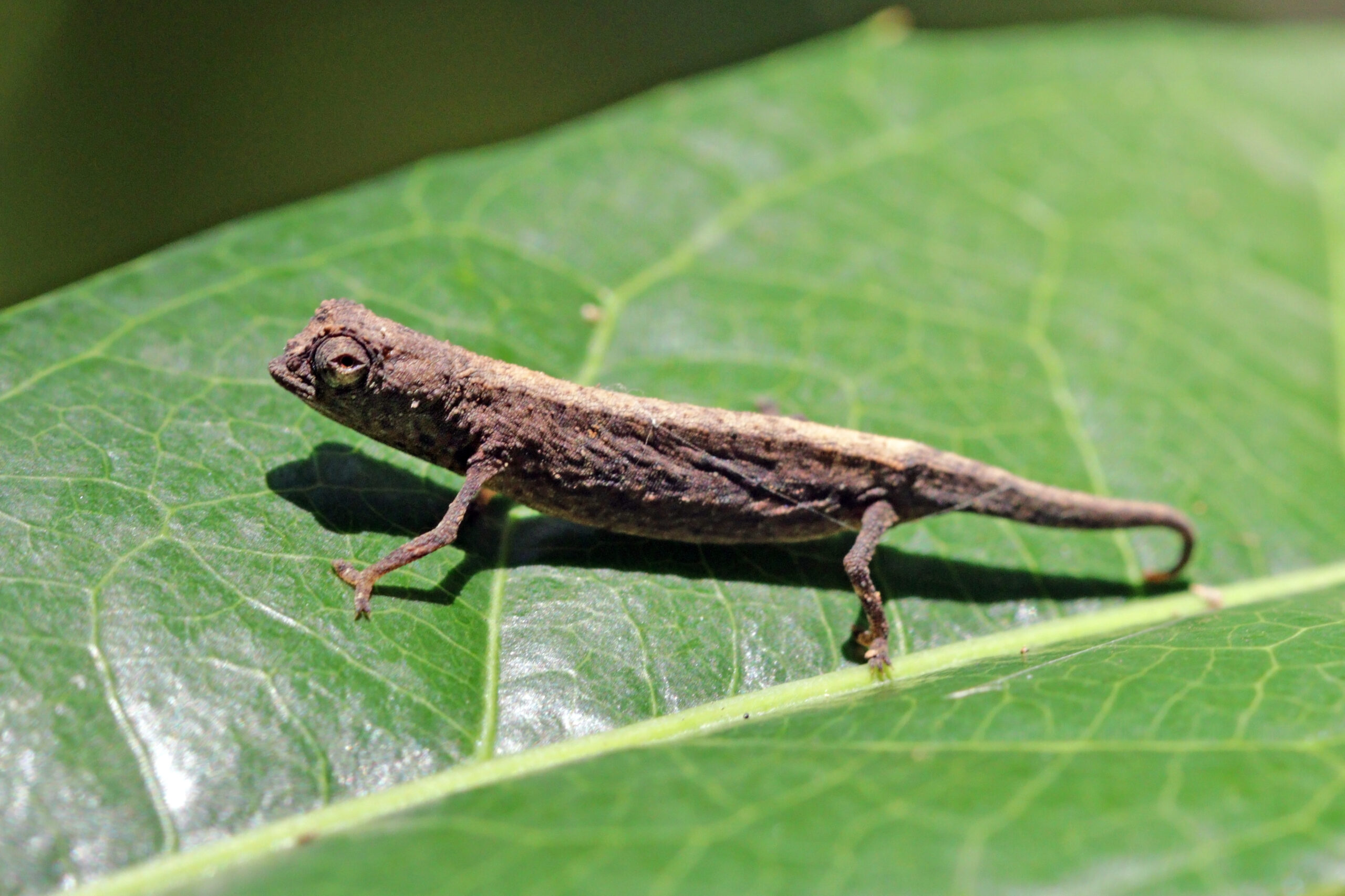




Leave a Reply